



|
Google Chrome thinks enlarging my pictures, some links and sometimes scrolling through the pages is a popup. If you want to navigate my website than please allow "popups". |

| The Moni Kapsa Monastery near Kalo Nero and Makrigialos in southeast Crete |
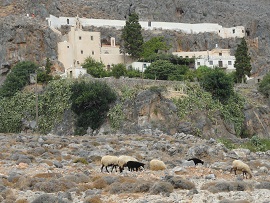 |
 |
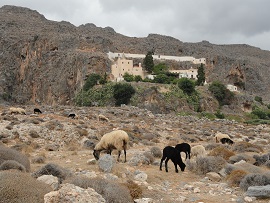 |
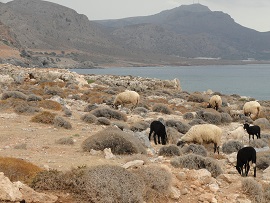 |
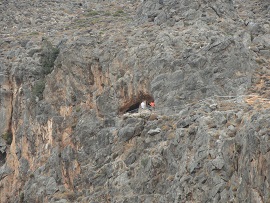 |
 |
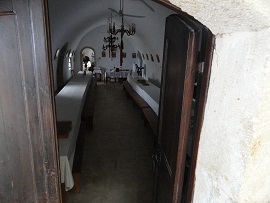 |
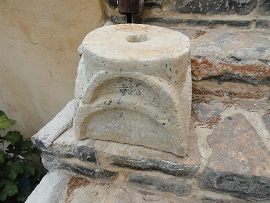 |
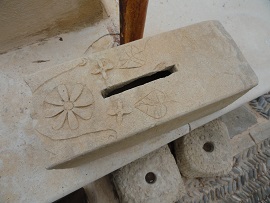 |
 |
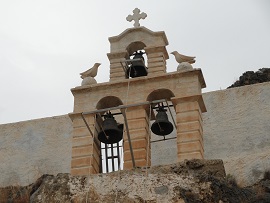 |
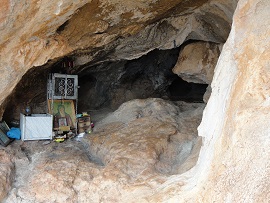 |
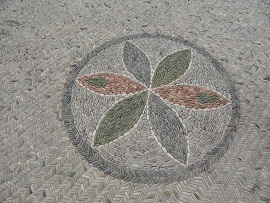 |
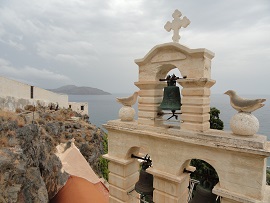 |
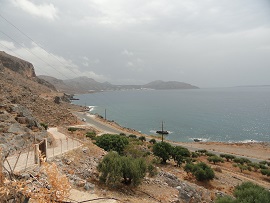 |
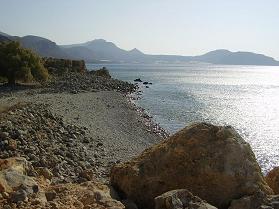 |
|
The monastery of Kapsa dates from the 15th century and it was destroyed by pirats in 1471, after which it was abandoned for centuries. It is opened to the public but you are requested to dress appropriate. The walk up the hill is an easy one and the last part that you have to climb to the monastery is by stairs. There are colourful mosaics on the floors of the monastery and you can see remnants from antiquity (columns). The vistas are beautiful, over the sea and with a view of the gorge beneath the monastery. Stairs and a path lead up to the cave where Saint Joseph Yerondoyiannis spent the last days of his life. Saint Joseph Yerondoyiannis was a hermit that started to rebuilt the monastery in 1861. |
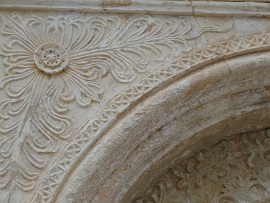 |
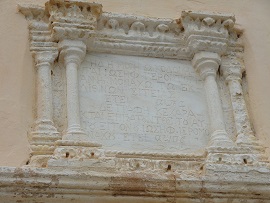 |
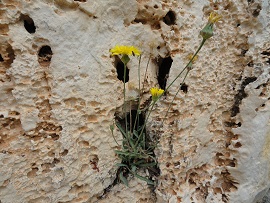 |
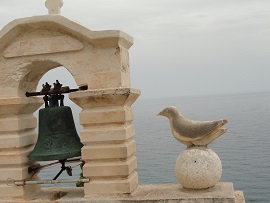 |
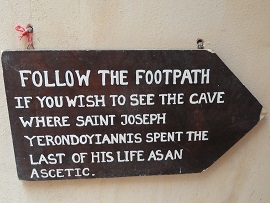 |
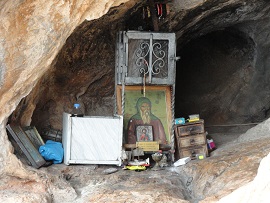 |
 |
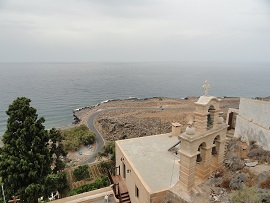 |
|
During his lifetime this saint is said to have healed people and performed miracles. By the hands of the Greek Orthodox Church and the Turkish ruler he ends up in jail because they think he incites revolution. After some miraculous healings, including the mother of Mustafa Pasha, he is set free again, but he has to promise that he will perform his miracles in an inconspicuous place. He ends up in Moni Kapsa, becomes a monk and begins with the rebuilding of the monastery in 1861. As his fame had gone ahead of him he attracts many visitors, some of which remain and help repair the buildings. In 1863, only two years later, the monastery was restored to glory. The fact that it was done so quickly and didn't cost any money, iwas also considered a miracle. The last days of his life the saint spent in the cave above the monastery. If you want you can burn a candle here (the monastery church was closed at the time that we visited). |
© Hans Huisman, https://www.angelfire.com/super2/greece/ 2019






